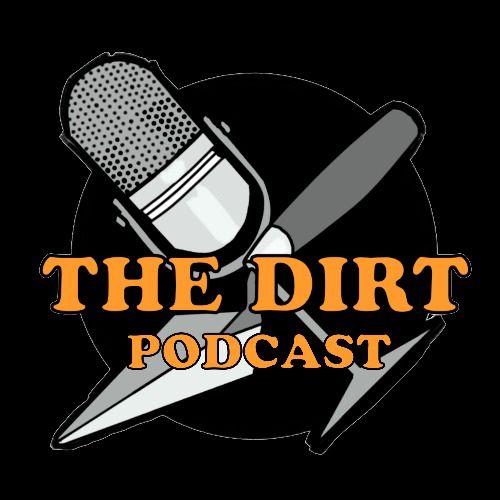Episode 22
Happy ThanksViking!
This week, Anna and Amber have a Thing*: it’s an episode all about the Viking Age! Sail with us through an exploration of life during the Viking Age. We talk about the ships they sailed, the food they ate, and the helmets they DIDN'T wear. Plus, some very experimental archaeology, and Amber learns how the salami is made...and nothing will ever be the same.
*Thing: An Old Norse word for an assembly of people convened for decision-making. Pronounced “ting.”
To learn more, check out:
How Vikings navigated the world (ScienceNordic)
Did Vikings really wear horned helmets? (History.com)
Viking food (National Museum of Denmark)
Fondén, R. , Leporanta, K. and Svensson, U. (2007). Nordic/Scandinavian Fermented Milk Products. In Fermented Milks, A. Tamime (Ed.). doi:10.1002/9780470995501.ch7
Holck, Per (August 2006). "The Oseberg Ship Burial, Norway: New Thoughts On the Skeletons From the Grave Mound". European Journal of Archaeology. 9 (2–3): 185–210
Daily Life in the Viking Age (Norse Mythology for Smart People)
Something rotten in Scandinavia : The world's earliest evidence of fermentation (Journal of Archaeological Science)
World’s Earliest Evidence Of Food Fermentation Discovered In Southern Sweden (Message to Eagle)
*Remember “thing” from our Mythconceptions episode?

